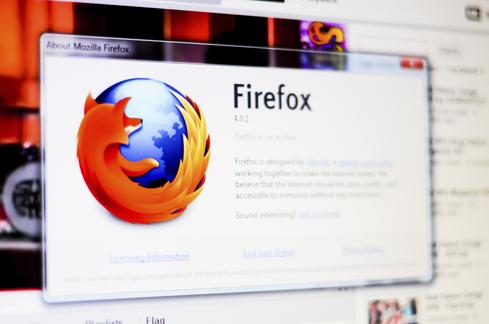In an effort to call attention to its Firefox browser, Mozilla is picking a public fight with Microsoft on the week Windows 10 and the new Edge browser are rolled out.


9 Reasons Flash Must Die, And Soon
9 Reasons Flash Must Die, And Soon (Click image for larger view and slideshow.)
Mozilla CEO Chris Beard attempted to call attention to the firm's Firefox browser this week in the face of the Microsoft Windows 10 juggernaut.
Posting an open letter to Microsoft CEO Satya Nadella on Mozilla's blog, he has urged Microsoft to change how default applications are enabled in the express option of Windows 10's upgrade.
"The update experience appears to have been designed to throw away the choice your customers have made about the Internet experience they want, and replace it with the Internet experience Microsoft wants them to have," Beard wrote in the July 30 blog post.
Well, duh.
Beard did admit, "We appreciate that it's still technically possible to preserve people's previous settings and defaults."
Choosing the custom option during the upgrade allows installation of any browser the user chooses with no changes necessary after the installation.
Beard's concern centers on what he said he sees as the method for choosing defaults after an express installation.
"It now takes more than twice the number of mouse clicks, scrolling through content and some technical sophistication for people to reassert the choices they had previously made in earlier versions of Windows," Beard wrote.
Mozilla had contacted Microsoft to discuss its concerns when it first saw Windows 10. However, this contact "didn't result in any meaningful progress, hence this letter," Beard added.
Let's say you have chosen express settings during the installation.
If Firefox is opened in Windows 10 after that, it will first ask if you wish it as your default browser. If you choose "yes," the Windows Settings app will then open.
What seems to honk Beard off is that to change the browser default in the Settings app, you must first choose Edge -- the new Web browser that replaces Internet Explorer -- to open a browser default change window. This is what he called "less obvious and more difficult" in his letter.
Beard doubled down on his message in another blog post. "It is bewildering to see, after almost 15 years of progress bolstered by significant government intervention, that with Windows 10 user choice has now been all but removed," he wrote.
Here, Beard was referring to the EU forcing Microsoft in 2009 to change how IE was installed, and it is a rather snarky kind of reference to make.
[Read about the pros and cons of Windows 10.]
Mozilla is presenting this as a user choice issue rather than product publicity, even trying to start a "CTRL+ Z" on Twitter to influence Microsoft.
Microsoft itself does not seem too concerned, with a spokesman writing to InformationWeek: "As with all aspects of the product, we have designed Windows 10 as a service; if we learn from user experience that there are ways to make improvements, we will do so."
Of course, it has also produced a tutorial on how to get Mozilla back. Google has done the same for Chrome, without making any public noise about it.
This is also not the first time that Mozilla has tried to call attention to itself during the last few weeks. Let's recall that when Adobe Flash was riddled with security problems earlier this summer Mozilla went ahead and turned off Flash within its browser, thus promoting more calls for Adobe to retire its troubled platform.
About the Author(s)
You May Also Like







